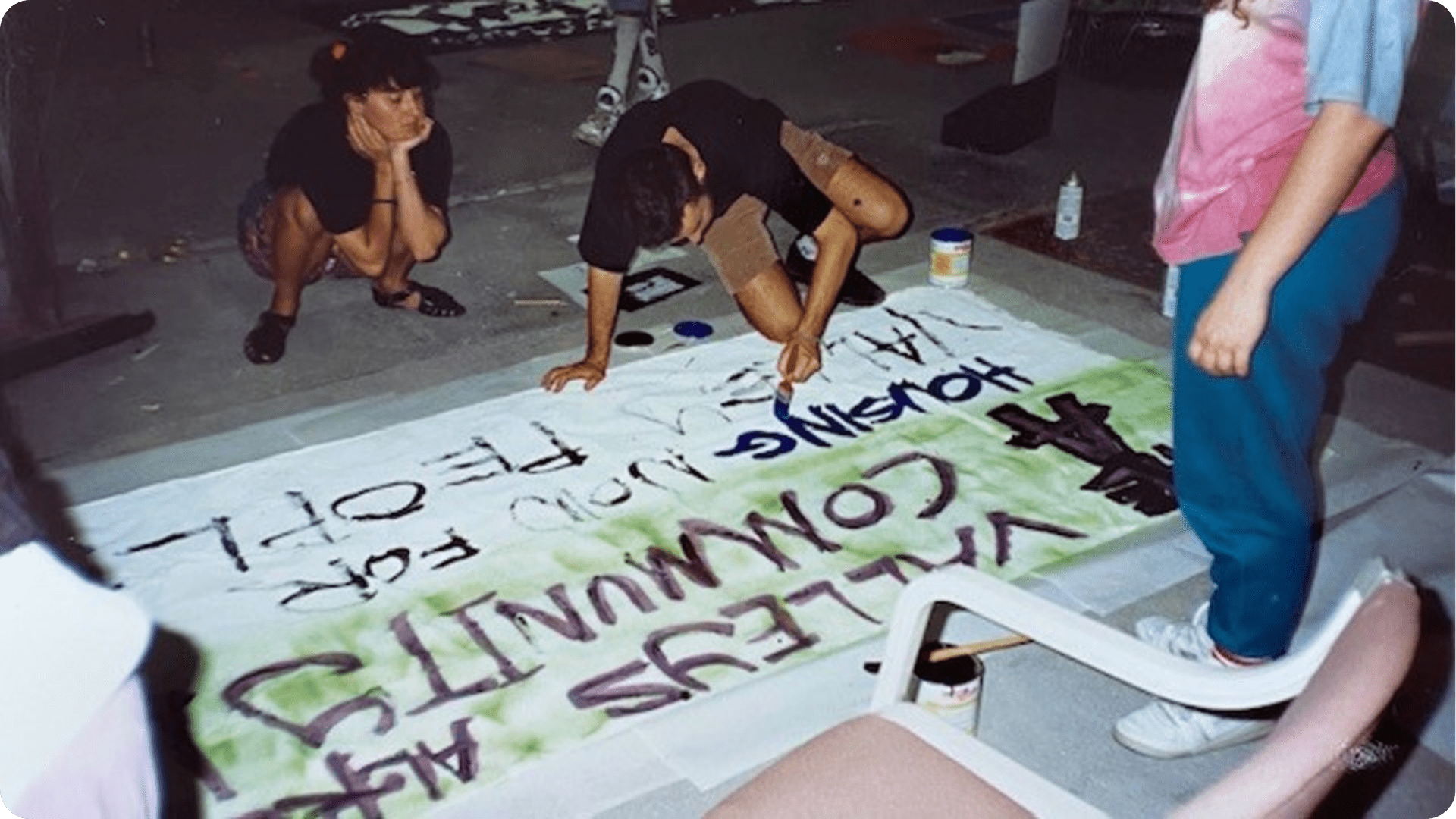ABSTRACT
Katie Hail-Jares, Rhianon Vichta-Ohlsen & Caitlin Nash
As youth homelessness has increased globally, so too has the proportion of young people who are couch-surfing. The risks involved in couch-surfing, compared to other forms of youth homelessness, are poorly understood. Drawing upon intake records from 808 homeless youth in Brisbane, Australia, the authors examine how couch-surfers compare to rough sleepers as well as other homeless youth on the basis of (1) general demographic characteristics; (2) mental and physical health; (3) legal issues; (4) relationship support; and (5) drug use.
Couch surfers were more likely to identify as female, have limited community support, report poor mental health, and indicate more serious histories of self-harm. Rough sleepers were more likely to have legal issues and describe recent drug use. We suggest a need for both increased awareness about couch-surfing risks; and for youth service providers to engage more nuanced and targeted risk assessment in identifying and responding to the needs of these vulnerable populations.
Cite this article
Katie Hail-Jares, Rhianon Vichta-Ohlsen & Caitlin Nash (2020): Safer inside? Comparing the experiences and risks faced by young people who couch-surf and sleep rough, Journal of Youth Studies, DOI: 10.1080/13676261.2020.1727425
